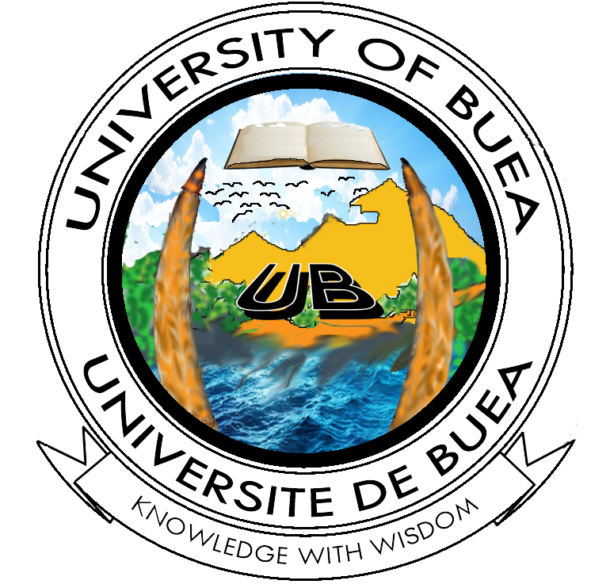| CLT201: Introduction to Laboratory Medicine | 6 credits (30-10-20) |
Objectives
This course is aimed at giving an understanding of the basic organization of the laboratory unit of the health sector, the major equipment, their uses and preventive maintenance and calibration of equipment in the laboratory. It is also designed to demonstrate basic management concepts required for a manual laboratory including safety and quality control.
Contents
A. Organization and Staffing of a Laboratory Service: The importance of laboratory practice in health care; the role of the laboratory in improving the quality of primary health care (PHC), the role of the laboratory in increasing efficiency and cost effectiveness in PHC, the role of the laboratory in good health management and rational health planning. The major outcomes of laboratory practice.
B. Structure and Organization of a Laboratory Service Network:
• A community- based laboratory, (points to consider in establishing a community-based laboratory, staffing of a community-based laboratory, functions of a community based laboratory), District hospital laboratory (staffing of DHL, functions of a DHL).
• Regional or Provincial hospital laboratory (staffing of PHL, functions of PHL) Central and Public hospital laboratory (staffing of CHL, functions of CHL)
C. Effective communication in the laboratory; clarity of speech and language, tone of voice, ability to speak informatively, action communication, guidelines for effective communication.
D. Health and Safety in the Laboratory
• COSH/OSHA Health and Safety Laboratory Standards: General work safety, Chemical Safety, Environmental safety, Biological safety cabinets and biosafety levels, Radiation safety Laser safety.
• Proper waste disposal and emergency planning in each case. Key features of CLIA, FDA, WHO, CDC; guiding principles, criteria for test categorization.
E. Common laboratory hazards and associated accidents, Microbial hazards, Chemical and reagent hazards, Equipment and glassware hazards
F. Use and storage of toxic, corrosive and harmful chemicals, prevention of accidents involving chemicals and reagents
G. Decontamination of Infectious material : Methods of decontamination (autoclaving pasteurization, boiling, use of chemical disinfectants) Methods of laboratory waste disposal (incineration, burial in a deep pit/land field)
H. Processing of infectious material and re-use of non-disposable equipment in the laboratory; specimen, haematocrit tubes, swabs, cultures, slides, cover glasses, lancets, syringes, needles, pipettes, tubes, gloves, glass and plastic wares, disposable waste.
I. Emergency planning; emergency planning of cuts and bleeding, emergency planning of heat and chemical burns, emergency treatment of poisoning, power failures and natural disasters
J. Organizations/Associations In Charge Of Laboratory and Laboratory Policies: Professionalization; The American Society for clinical laboratory Science (code of ethics; duty to patients, colleagues, society and pledge to profession, Role and Scope of practice of laboratory professionals in testing and management)
• Levels and qualifications for practice (supervision, administration and management) their functions (scientific, educational and managerial functions). American Biological Safety Association; their role and code of ethics and other organizations in charge. Training and continuing education of laboratory personnel, code of professional conduct for laboratory personnel, status of medical laboratory practice
K. Equipment, Instruments and Preventive Maintenance in the Laboratory
The microscope; Equipment for water purification ,Equipment for weighing , Equipment for pipetting, Centrifuges, Laboratory autoclaves , Incubator, water bath and heat block, Mixers, Refrigerators and freezers ,Colorimeter/Spectrophotometer ,General laboratory ware
L. Guidelines for Preparation of Stains, Solutions and Chemical Reagents.
M. Quality control in laboratory Medicine
Basic laboratory statistics, quality control concepts in quantitative and qualitative analysis, recording and analyzing quality control data


